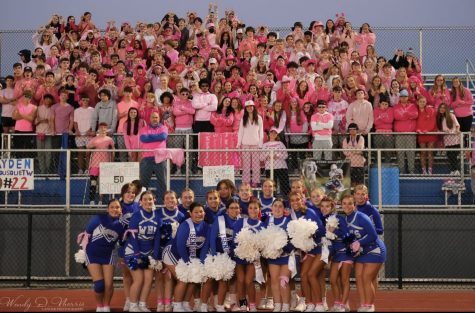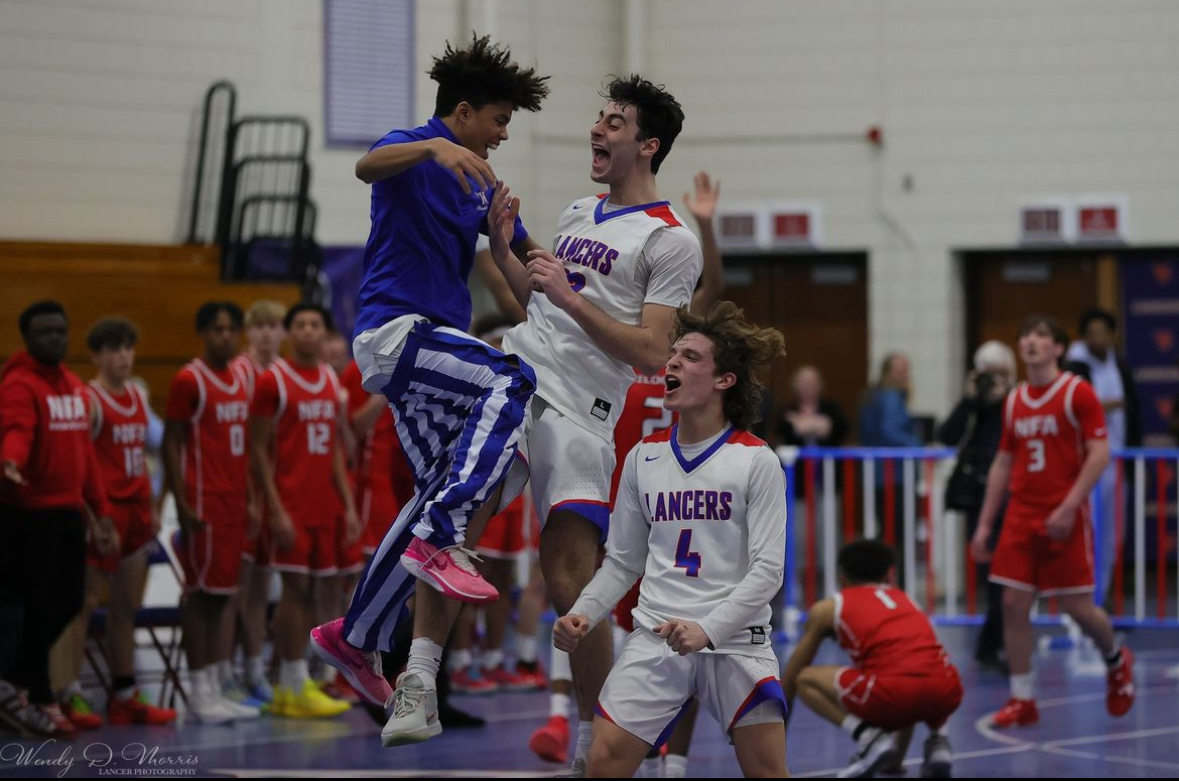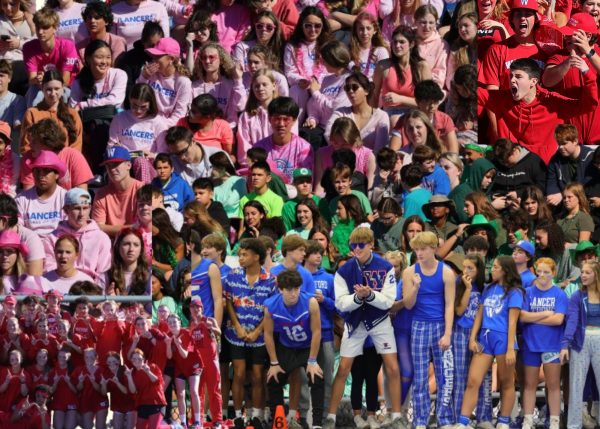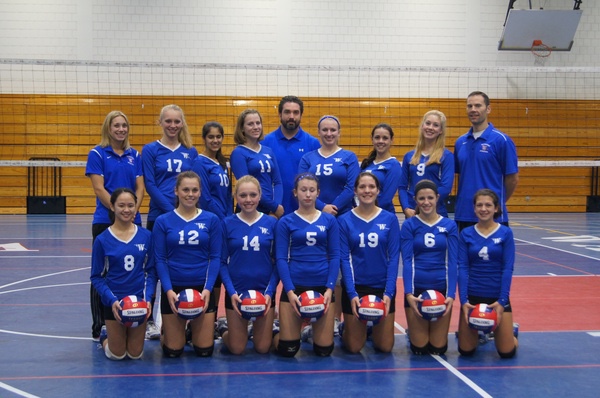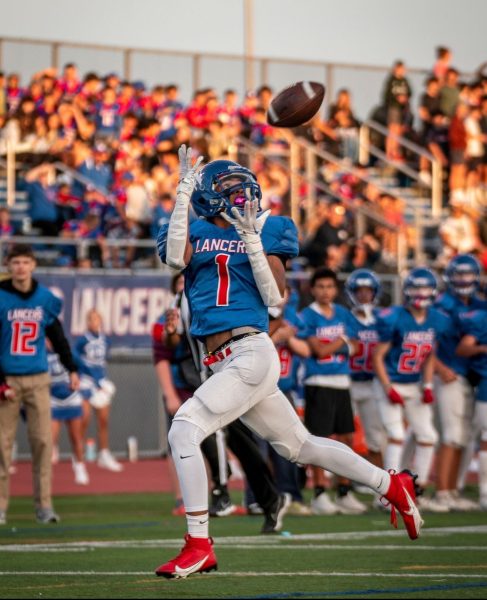Is Lancer Nation Truly United?
February 2, 2023
Sports teams that play at the same time may see differences in the student section, mainly in the numbers. Many high school students take pride in being better than other schools’ student sections, whether it’s following the theme or just showing up to cheer on their athletes. Yet many teams, such as soccer, fencing, tennis, golf, hockey, and field hockey do not get as large a crowd or as much support as others, even if they play during the same season.
Some sports are clearly more popular than others and are expected to draw larger crowds. You can clearly see these differences on Friday nights during the fall. Many eager fans were trying to find a parking spot to watch a Lancer football game. The stadium is usually full of fans cheering on their team. On a Friday night, the majority of WHS students assemble in the football stands. What about a Friday without a football game? Whether it’s field hockey, volleyball, boys’ soccer, girls’ soccer, swimming, cross-country, or even JV football taking on opponents, there are little to no fans in attendance. The small crowd is mainlyparents and some students, but Lancer Nation’s enthusiasm is conspicuously absent. This energy is not only visibly lacking but is also very influential on the athletes. When asked how she feels playing with a large, active crowd versus basically no crowd, volleyball middle Emerson Lane states: “The energy from the crowd contributes to the energy of the team.” When there are more people cheering, it’s easier to power through exhaustion and mistakes, and there is a desire to impress. “But when there is little to no crowd, it is on the team to get the energy up, and when a mistake is made, one member’s frustrations can lead to us falling apart.” But what about the other end of the spectrum?
Many sports attract crowds due to their popularity. Sports lovers were asked what their favorite sports were in a 2008 ESPN poll: The NFL had an overwhelming 24.4 percent of the vote, making it the most popular sport, according to the data. MLB came in second with only 11 percent. College football came in third with 9.5 percent, and the NBA came in fourth with 6.3 percent. while high school football came in at number eight with 1.8 percent. High school basketball ranked twelveth with 1.3 percent. Any other high school sport didn’t even make the list. These findings imply that there is some form of cultural bias toward sports. The number of spectators at the games indicates certain sports are more popular than others. This sports bias has worked its way down to the high school level, even here at WHS, as indicated by which sporting events fans attend and which ones they don’t. The differences in each sport are very visible and can even affect performance. Football player Brady Sutman stated, “The student section definitely helps me, especially when they are loud and chanting because that motivates the team.” The fan section is seen as a key aspect of a sports game. Fans should consider supporting all sports since a large crowd at any sporting event can have an impact on the team’s game. How well players perform can be influenced by the crowd’s response. Public performances are at their best when there is a crowd. An intriguing study done by the writer and researchers of the Journal of Quantitative Analysis in Sports, Vol. 6, No. 1, Article 4, by Erin E. Smith and Jon D. Groetzinger, states, “People who perform better at skilled tasks are more engaged when they are being observed.” and also says “Our findings show that a 4% increase in the probability of a home team winning derives from a one standard deviation increase in attendance.” Yet sometimes fans just aren’t interested in other sports other than the ones they find appealing.
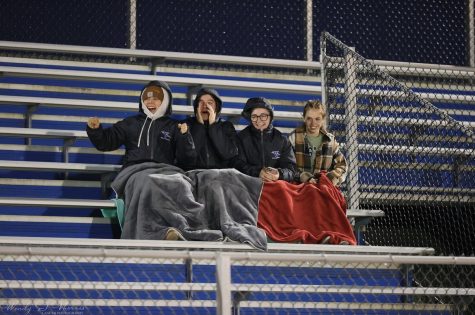
The tempo of the game or the physical nature of the sport are factors in some sports’ higher attendance rates. Some slower-paced and less physical sports may have lower attendance than more physical, faster-paced events. Football may draw more spectators than baseball or soccer due to its more physical aspects and the normality of the sport, as well as its influence or importance to the US. Many people watch sports for the adrenaline rush from the physicality; they love the excitement of the environment and not knowing what’s going to happen next.
But fans should consider supporting all sports because a large crowd at any sporting event can impact the team’s game. How well players perform can be influenced by the crowd’s response. Even if there is a differential in sports attendance, this imbalance may be corrected if coaches, players, and fans work together to create a setting that is enjoyable for spectators. Therefore, attendance at athletic events depends on the community’s efforts to create a positive atmosphere, as teams strive for success and spectators make an effort to attend all sporting events, not just the most popular ones.


